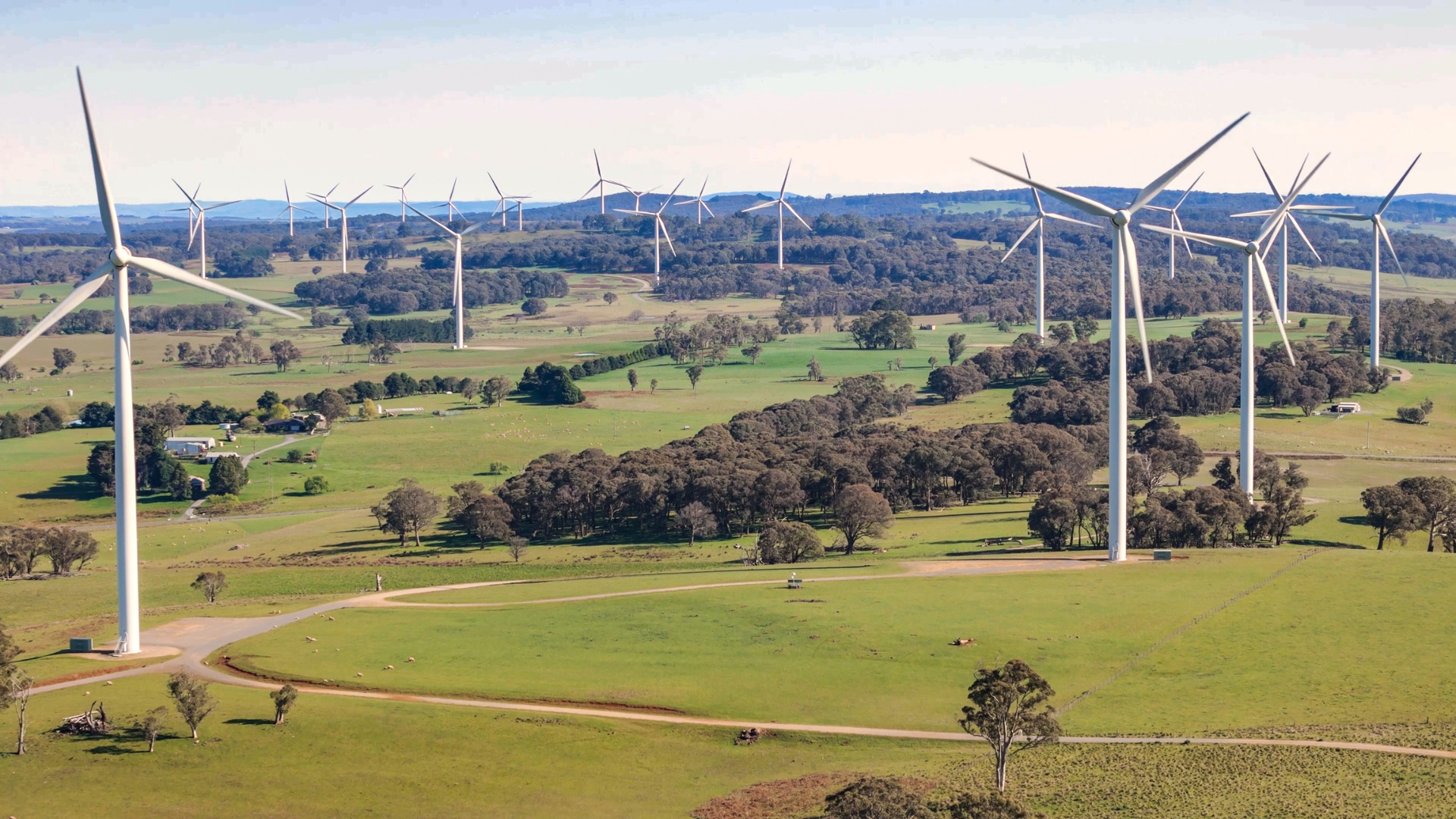Australia tops financial jobs market … but storm clouds loom
Australia is the best performer for both new financial services jobs and number of candidates in the Asia Pacific region, according to the latest research from Morgan McKinley, a global recruitment firm. But the figures mask a looming problem.
The APAC-specific quarterly report published last week says the climate is marked by contrasts, with Australia showing the biggest increase in available jobs – up 26 per cent quarter on quarter – and Singapore showing the biggest decline – down 22 per cent. The Asia Pacific Region is a mixture of good, bad, and unremarkable performances, the report says.
Richie Holliday, the COO of Morgan McKinley Asia Pacific, said the ongoing economic and political instability both regionally and globally had caused countries to choose diverging paths, making for highly divergent outcomes.
Total year-on-year permanent jobs available in the region were up 10 per cent, but down by a minimal 2 per cent on a quarter-on-quarter basis.
“Overall, there are more jobs available now than this time last year, but the unevenness of the growth has left some countries lagging behind others,” he said.
Singapore in particular showed poor performance in Q2, causing concerns about its status as a financial services hub. A 51 per cent decrease in candidates quarter-on-quarter indicates a “gargantuan shift” in the job-seeker market there, as ex-pat and overseas-based (i.e. non-Singaporean Employment Pass holder) individuals lose interest in a market they know they are unlikely to gain a visa to enter.
Japan and Australia were the only countries to see growth in job seekers, which were regionally up by 11 per cent and 18 per cent quarter-on-quarter, respectively.
“As such, the region-wide figures are not alarming, as bonus season sets much of the H1 job-seeker cycle, and candidates tend to register their interest in Q1. As Australia follows Singapore’s lead in pursuing restrictive immigration policies, the likelihood that the two will contribute to a dampening of regional job seeker figures is growing,” Holliday said.
For Australia, the spike is attributed to both positive and more sinister causes, Holliday said. “On the one hand, Australia just experienced record performances on stress tests and job demand, but on the other, we’re seeing a response to the Government’s tightening of visa laws… There is some sentiment of a mini ‘gold rush’ among our client base to get as many qualified people hired now, before it gets considerably more difficult.”
The visa changes, which make it more onerous for businesses to hire non-residents, come into effect in Q3 and are expected to dampen the economic boom on the ground, the report says. “Australia’s growing protectionism does run a risk of dissuading some multinationals. Any further increased nationalism could further isolate it from the international business community. That said, the encouraging solid and steady growth in Australia, which never officially fell into recession even through the darkest days of the GFC, still provides an attractive platform to many.”









